Are you looking for plants that will fit in a small space? If so, check out some of the best plants for small hedges. These plants are perfect for adding a layer of beauty to your garden.
Here are some of the best plants for hedges –
The 10 Best Plants for Small Hedges
1. The Euonymus Japonicus
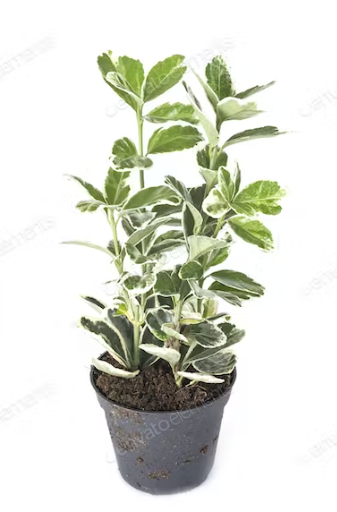
Euonymus japonicus, commonly known as the Japanese spindle tree or the weeping spindle tree, is a popular choice for small hedges. These plants are easy to grow and have various benefits that make them an excellent choice for small gardens.
First and foremost, euonymus japonicus are easy to care for. They need very little water, can tolerate partial shade, and produce dense foliage that can protect the hedge from wind and rain damage.
In addition, these trees are resistant to pests and diseases, making them a good choice for gardeners who want a hedge that will stay healthy year-round.
Finally, euonymus japonicus are attractive plants. Their weeping branches create a natural look perfect for gardens that want an intimate feel.
2. The Gold Splash
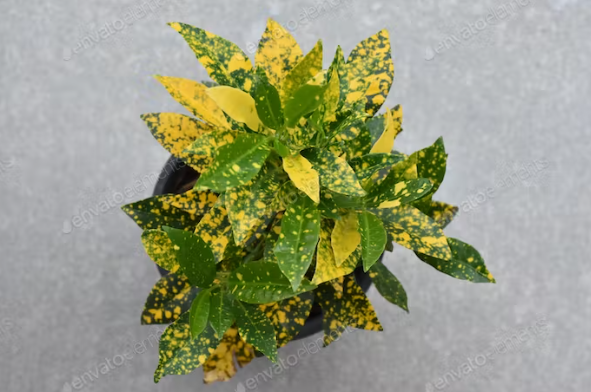
Gold Splash is an ideal hedge plant because of its many benefits and advantages.
- Gold Splash is a hardy shrub that can survive in most climates.
- Second, Gold Splash has beautiful flowers that are a favourite of bees and pollinators.
- Third, the leaves of Gold Splash are highly aromatic, which makes it an excellent choice for attracting beneficial insects to your garden.
- Fourth, Gold Splash is low-maintenance and easy to care for, making it an excellent choice for novice gardeners.
- Fifth, Gold Splash can be trained to grow into various shapes and sizes so that you can create custom designs for your garden.
- Finally, Gold Splash is relatively affordable compared to other shrubs or plants with similar benefits and advantages.
3. The Suffruticosa

Suffruticosa is a dense shrub that is perfect for small hedges. The benefits of having a suffruticosa hedge are many, and they include the following:
- Suffruticosa has dense foliage which prevents pollutants and windblown debris from passing through it and into the surrounding area.
- The shrub also produces an abundance of nectar, which helps attract pollinators to your garden.
- This hedge plant can also provide privacy for you and your neighbours, as well as add structure to an area.
- Finally, suffruticosa is drought tolerant, so it can be used in areas that receive less than average rainfall.
4. The Littleleaf Boxwood
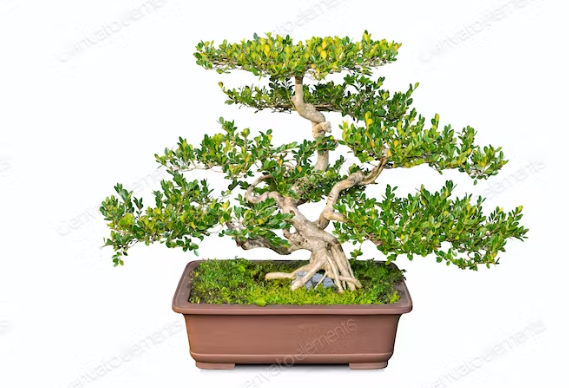
Littleleaf Boxwood, also known as Buxus sempervirens, is a hardy tree that can be grown in most zones. It is one of the great hedging plants because of its dense foliage and low maintenance requirements.
The hedging plant offers many essential benefits. For example, it helps reduce the glare from the sun, creates privacy for yards or gardens, and blocks wind and storm damage.
Additionally, it has been proven to be an effective pest controller when used in conjunction with other plants in the garden.
5. The Burkwood Daphne
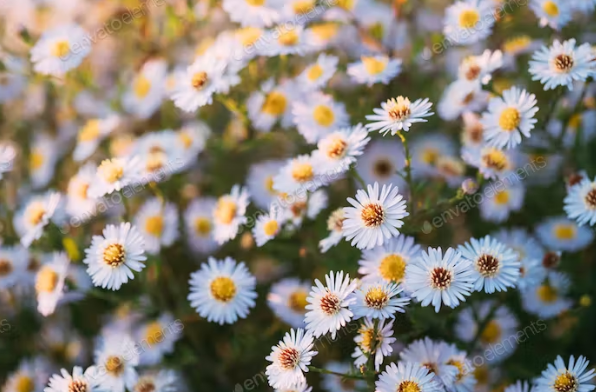
Burkwood Daphne is an excellent hedging plant. Not only is it attractive, but it also has many benefits and advantages that make it the best choice for small gardens.
- First, Burkwood Daphne is hardy so it can handle harsh weather conditions.
- This plant is low-maintenance, so you don’t have to spend much time caring for it.
- Burkwood Daphne has beautiful flowers that attract bees and other pollinators. If you’re looking for a shrub that can add beauty and value to your small garden, Burkwood Daphne should be your top choice.
6. The English Yew
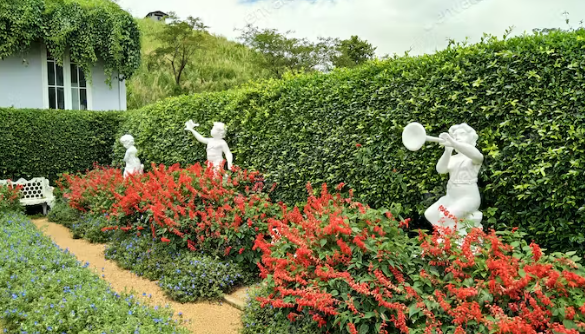
English Yew is one of the excellent hedging plants. It has many benefits and advantages that make it the best choice for this type of garden. These include its dense growth, strong wood, and ability to grow in various landscapes.
English Yew is a dense hardy tree that can grow up to 25 feet tall and 12 inches in diameter. This makes it an ideal choice for small gardens or hedges.
Additionally, English Yew is tolerant of both cold winters and hot summers. This means that it can be grown in various climates, making it a perfect choice for areas with variable weather conditions.
English Yew is also known for its strong wood, which can be used for many purposes, including building furniture and cabinets. The tree also produces berries that are edible and have several health benefits, including reducing inflammation and promoting cardiovascular health.
7. The Dwarf Fothergilla
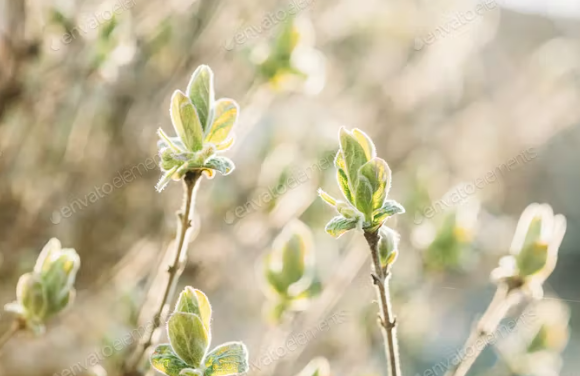
Dwarf Fothergilla (Fothergilla major) is an excellent plant for small hedges. It has many benefits and advantages over other plants, making it the best choice for those looking to build a small hedge.
- Dwarf Fothergilla is low-growing and easy to care for.
- It produces beautiful flowers attractive to bees and other pollinating insects.
- Dwarf Fothergilla is tolerant of poor soil conditions and can survive in areas with harsh weather conditions.
- Dwarf Fothergilla makes an excellent privacy hedge because its shorter height prevents unwanted views from nearby properties.
- Dwarf Fothergilla grows quickly, so it can be up and running within a few months if you’re ready to start planting.
8. The Bearberry Cotoneaster
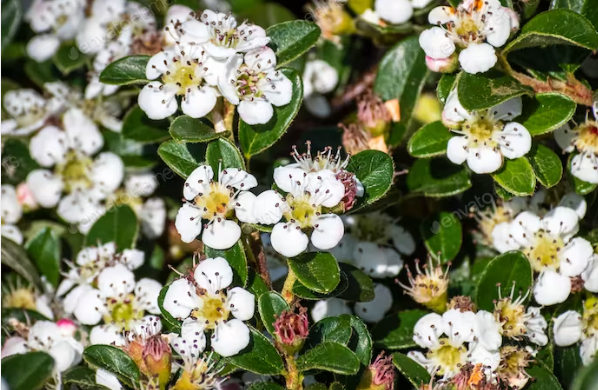
Bearberry Cotoneaster is a shrub-like plant native to the eastern United States and Canada. This hardy plant can be grown in full sun or partial shade and does well in both dry and moist soil.
Bearberry Cotoneaster produces dark green foliage and red, purple, or blue fruit on long branchlets. The fruits are edible but are best known for their medicinal properties.
The leaves and bark of Bearberry Cotoneaster contain compounds that have been used traditionally to treat a variety of medical problems, including headaches, asthma, coughs, diarrhoea, fever, and sore throat. The flowers of Bearberry Cotoneaster also produce nectar that is high in sugar content which makes it attractive to bees.
9. The Daisy Bush
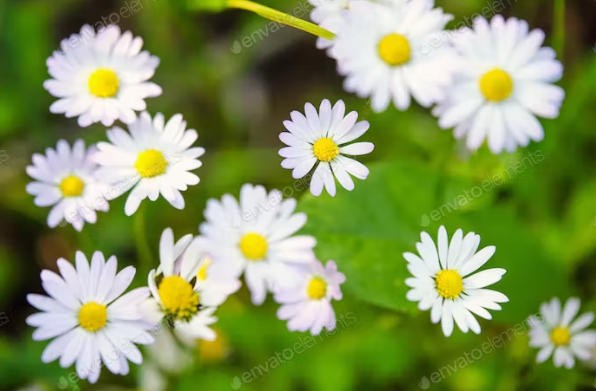
Daisy Bush is one of the small hedging plants that can create small hedges for you. This shrub has several benefits and advantages that make it the perfect choice for small gardens or yards.
- Daisy Bush proliferates so that it can be installed in a short amount of time.
- It is dense and full of leaves, making it an effective barrier against wind and rain.
- Its flowers are soft and colourful, adding beauty to any landscape.
- Daisy Bush is tolerant of conditions ranging from dry to wet soils, making it an excellent choice for difficult terrain.
- This shrub is low-maintenance; all you need to do is trim the branches once a year to keep it tidy and free from pests.
10. The Bush Honeysuckle
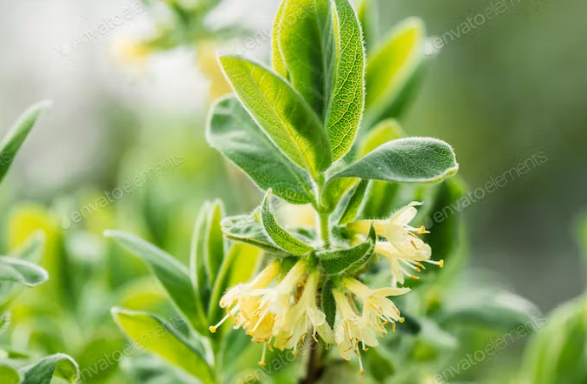
Bush Honeysuckle (Lonicera sempervirens) is a hardy vine that can grow up to twelve feet tall and wide. The small hedges made with Bush Honeysuckle are attractive, provide privacy, and have numerous benefits over traditional hedge plants.
- Bush Honeysuckle can be used as a small hedge because it grows quickly and densely.
- Bush Honeysuckle provides privacy because the vines are dense and cover the entire fence or wall.
- The flowers of Bush Honeysuckle are yellow and attractive to bees, which helps pollinate the flowers.
- The fruit of Bush Honeysuckle is an edible flower called “honeydews.” These honeydews are sweet and have a fruity flavour.
Conclusion
Small hedges can be planted with various plants, depending on the desired effect.
- Euonymus japonicus can produce dense foliage.
- Gold Splash can survive in most climates due to its hardy shrub.
- Suffruticosa can provide privacy and a drought-tolerant.
- Littleleaf Boxwood has low maintenance requirements, which makes it one of the best plants for small hedges.
- Burkwood Daphne can attract bees because of its flowers.
- These plants are easy to care for, resistant to pests, and attractive.
FAQs
How do low-maintenance hedges work?
Keep your hedge below 2m high to keep it low-maintenance. Pruning upward-growing plants will be harder than pruning those that grow outward.
What is the best time to plant a hedge?
The best time to plant bare root hedging is between mid-October and mid-March. The best time to plant evergreen hedging plants is between September and October or April and May. Getting your new hedging to a good start requires good soil preparation before planting.
What is the recommended distance between a hedge and a fence?
A hedging height of 45cm – 60cm (18-24 inches) is sufficient for mixed/traditional hedging. To grow a tall hedge, you will need a little more room.
How do you make a formal hedge?
As soon as the formal hedge starts to grow, you should mark out a straight and curved line using stakes and string. This will increase the hedge’s beauty significantly. As for single planting lines, be creative but don’t over-buy, or the hedge won’t be enough of an investment that it’ll make any difference.


